I wanted to store the different integration steps taken by the solver itself when I call it :
solver1.integrate(t_end)
So I did a while loop and enabled the step option setting its value to True:
while solver1.successful() and solver1.t < t0+dt:
solver1.integrate(t_end,step=True)
time.append(solver1.t)
Then I plot y, the result of integration and here comes my issue. I have instabilities which appear in a located area :

I thought it was because of the loop or something like that so I checked the result removing the step :
while solver1.successful() and solver1.t < t0+dt:
solver1.integrate(t_end)
And surprise ... I have the correct result :

It's a quite weird situation ... I'd be grateful if someone of your guys could help me with this issue.
EDIT :
To set the solver I do :
solver1 = ode(y_dot,jac).set_integrator('vode',with_jacobian=True)
solver1.set_initial_value(x0,t0)
And I store the result using .append()